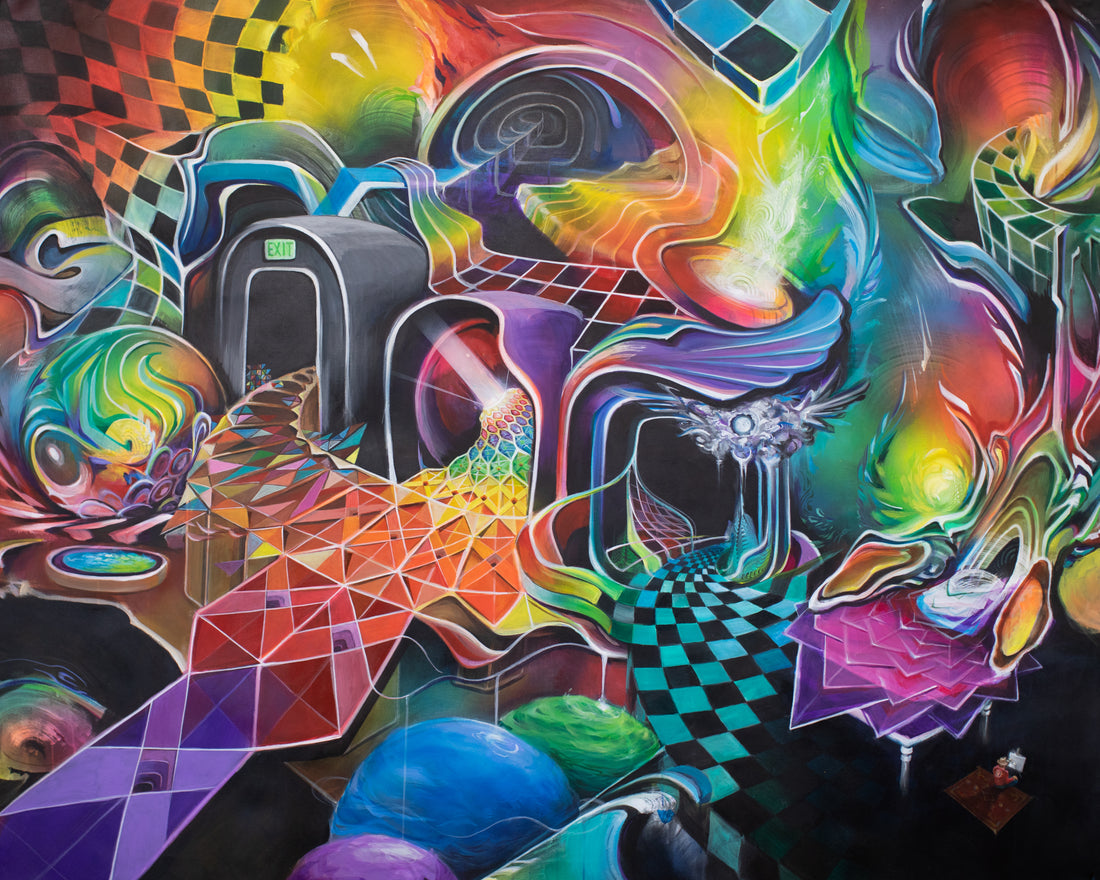
History of the Psychedelic Art Movement
The psychedelic art movement emerged in the mid-1960s, closely tied to the countercultural revolution and the widespread use of hallucinogenic substances like LSD. It was fueled by the desire to explore altered states of consciousness, spirituality, and mysticism, driven by the perception-expanding effects of psychedelics. The movement’s aesthetic was characterized by vibrant, kaleidoscopic colors, intricate patterns, and surreal, often dreamlike imagery.
Psychedelic art initially flourished in concert posters, album covers, and underground publications. San Francisco became a hotspot, where artists like Wes Wilson, Stanley Mouse, and Victor Moscoso created iconic posters for bands such as the Grateful Dead, Jefferson Airplane, and Big Brother and the Holding Company. Their works were meant to evoke the sensory overload and mind-bending experiences associated with psychedelic trips.

A defining feature of psychedelic art was its departure from traditional forms of representation. Inspired by Art Nouveau, Surrealism, and Op Art, artists embraced distortion, optical illusions, and multi-dimensional perspectives. They often used swirling, organic forms and contrasting colors to mimic the visual effects of hallucinogens. Symbolism and abstract designs aimed to capture a sense of inner exploration, spiritual awakening, and a break from conventional reality.
In addition to its visual elements, psychedelic art was closely linked to the era's music scene and the growing use of light shows at concerts. These light displays, often utilizing liquid projectors and stroboscopic effects, intensified the immersive experience for audiences, blurring the lines between visual art, music, and altered states.
The movement’s influence declined by the early 1970s as the counterculture waned and public opinion turned against drug use. However, psychedelic aesthetics continued to influence later art forms, from graphic design to digital art, especially during the 1990s rave culture and the resurgence of interest in psychedelic experiences in the 21st century. Today, psychedelic art remains a significant reference point in popular culture, symbolizing freedom, creativity, and expanded consciousness.




